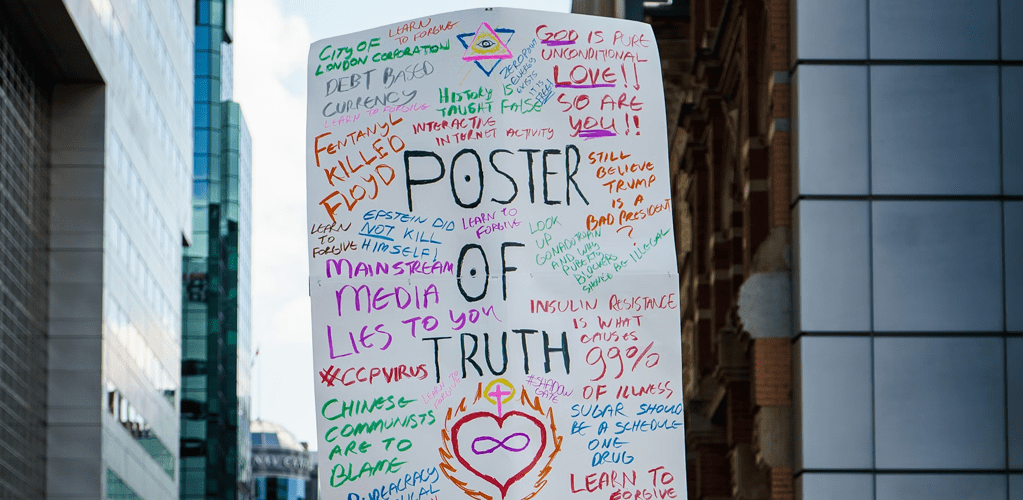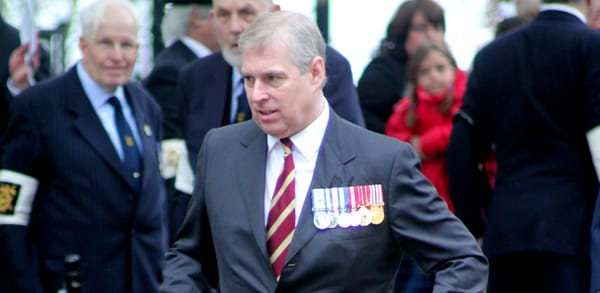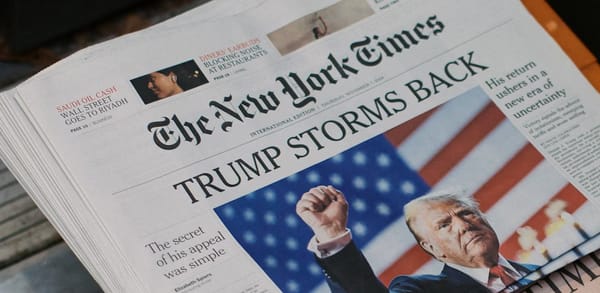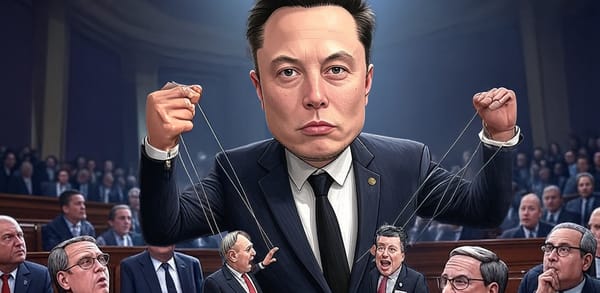Why might people believe in human-made hurricanes?
Hurricane Milton’s impact on Florida spurred weather manipulation conspiracies, revealing a pattern: natural disasters can drive conspiracy theories. These theories hinder climate action, creating a self-perpetuating cycle of environmental denial.

TL;DR | Highlights from this story
● Following Hurricane Milton, some Floridians suspected weather manipulation, echoing common disaster-related conspiracies.
● Conspiracies about uncontrollable events, like extreme weather, stem from a need for security and control.
● Natural disasters amplify feelings of helplessness, leading affected individuals to endorse conspiracy theories more readily.
● Promoting scientific literacy and preparedness may reduce conspiratorial beliefs and help mitigate climate change impacts.
H urricane Milton slammed into the west coast of Florida on October 9, becoming the second powerful hurricane to hit the state in just two weeks.
While most people turned to meteorologists for explanations, a vocal minority remained sceptical, proposing that the hurricanes were engineered, that Florida’s weather was being manipulated, or even that it was targeted at Republican voters.
These ideas aren’t new. As psychologists, we research the roots of conspiracy theories, and have found they often emerge in the wake of natural disasters. Investigating these theories is especially crucial as extreme weather events are projected to become more severe and frequent.
Conspiracy theories explain important events by attributing them to the secret actions of a small, powerful group. Yet, if we take a step back from this psychological definition, something striking becomes apparent.
If conspiracy theories explain events as the actions of a small group, then conspiracy theories should only apply to events where such a group’s influence is plausible.
For example, faking the moon landing would have required NASA to create an elaborate set, costumes, and actors and maintain secrecy. While unlikely, it is conceivable because humans can design sets, make costumes, and act. However, climate-based conspiracy theories don’t fit this mould as easily.
Unlike movie sets or staged events, humans don’t control the climate in the same direct way. While we can seed individual clouds to encourage rain, for instance, a whole hurricane is simply far too big and too powerful for human technology to have any impact. This makes climate conspiracy theories seem less plausible, as the climate is beyond the direct manipulation that other conspiracy theories depend on.
Why people turn to weather conspiracies
People have a fundamental need to feel safe and secure in their environment. If climate change is real, it poses an existential threat, leading some to reject it in favour of conspiracy theories that preserve their sense of safety.
Additionally, individuals desire a sense of control and agency over their environment. When faced with the uncontrollable nature of climate change, people often embrace conspiracy theories to regain that sense of control. Notably, recent psychological research has shifted focus from macro-level conspiracy beliefs, like climate change, to micro-level beliefs concerning local natural disasters.
The first psychological study of this kind looked at a major tornado outbreak in the US Midwest in 2019. Researchers found that people more affected by the outbreak were more likely to believe the tornadoes were controlled by the government. Importantly, this belief was explained by the fact that those affected by the tornadoes felt like they had no control over their own life.
Building on these initial findings, another study asked participants to imagine living in a fictional country called Nebuloria. Half were told that natural disasters might occur soon, prompting them to take precautions for their safety, while the others were told that such disasters were rare and that there was no need to worry.
Participants were then asked about various conspiracy beliefs, such as whether the contrails left by planes Nebuloria were “evidence of weather manipulation”. Results showed those in the high-risk scenario were more likely to endorse conspiracy beliefs.
Notably, what explained this increase in conspiracy beliefs was the fact that high-risk participants felt a sense of existential threat. This suggests that when people feel vulnerable due to environmental risks, they turn to conspiracies to regain control, even if the threats are beyond their reach.

— More than 60% of Americans believe the US government is concealing information about Unidentified Flying Objects (UFOs), according to a YouGov survey.
A self-perpetuating cycle
It might seem intuitive that if you don’t believe in something, you won’t act as though it were true. Thus, if you don’t believe that climate change is true you are not going to act as if it is. Indeed, a large and growing amount of psychological research bears this out.
The more that people ascribe to climate-related conspiracy beliefs the less likely they are to believe in the scientific consensus of human-made climate change, the less likely they are to have any pro-environmental concern, and the less likely they are to trust in the scientists that produce the evidence.
These beliefs do not remain abstract. The more that people believe in climate conspiracy theories, the less likely they are to take action to mitigate climate change. Research has shown that merely exposing people to climate change conspiracies is sufficient to decrease their desire to sign a petition to support pro-environmental policies.
This has serious implications. First, if people don’t believe in climate change, they won’t take action, accelerating its progression. Second, the more that climate change accelerates, the more frequent natural disasters become. As we’ve seen, an increase in natural disasters leads to a rise in conspiracy beliefs, creating a harmful and self-perpetuating cycle.
Research shows that natural disasters can fuel conspiratorial thinking about unrelated events, which harms democratic engagement, public health and social cohesion. In short, climate-based conspiracy theories can have wide-ranging negative effects beyond climate-related matters.
What can be done?
There are reasons to be hopeful that certain interventions that foster analytical thinking or a critical mindset can reduce conspiracy beliefs. For example, exposing people to scientific reasoning that challenged the assumptions behind COVID-19 conspiracies significantly reduced their belief in those conspiracy theories. Also, a better use of resources and skills to cope with natural disasters can reduce conspiracy theories.
If we don’t act on climate change, the rise in natural disasters will likely lead to more conspiracy theories. The stakes are high, but with thoughtful interventions, we can break this harmful cycle.

Sources:
▪ This piece was originally published in The Conversation and re-published in PUBLIC SQUARE UK on 16 October 2024. | The authors write in a personal capacity.
▪ Cover: Unsplash/Tom Carnegie. (Licensed under a Creative Commons Attribution-ShareAlike 4.0 International License.)








[Read our Comments Guidelines]